Cats have been wrapped in myths for centuries, and some of them are downright ridiculous. No, your cat doesn’t have nine lives. And no, black cats are not bad luck—they’re just sleek little panthers.
Some of these old tales are harmless, but others can lead to misunderstandings about feline health, behavior, and needs. Ever heard that cats always land on their feet? Try telling that to a cat who miscalculated a jump! What about the idea that cats don’t need affection? Any cat owner who’s woken up to a furry cuddle session knows better.
It’s time to set the record straight. From the belief that all cats hate water to the myth that milk is a cat’s best friend, let’s bust these misconceptions once and for all. Because the more we know, the better we can care for our mysterious, mischievous little companions.
Cats Always Land on Their Feet
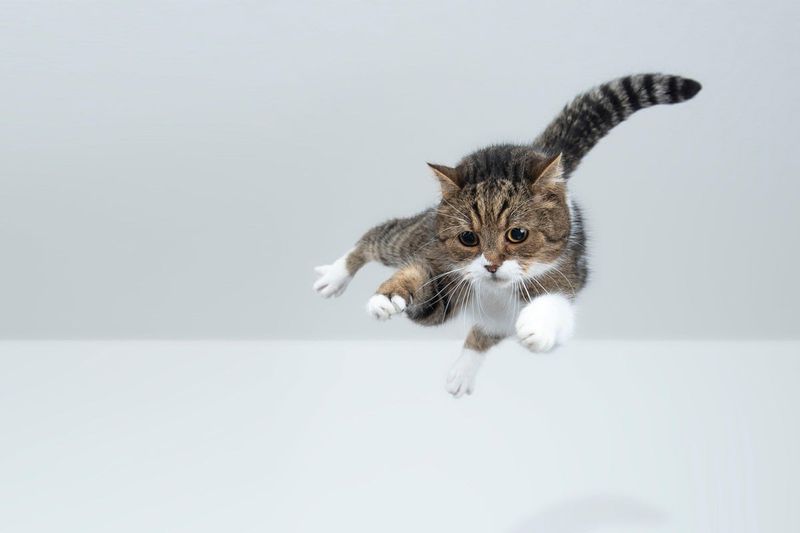
Cats are known for their agility, often landing on their feet after a fall. This ability stems from their unique skeletal structure and flexibility. However, this doesn’t mean they are invincible.
In fact, falls from high places can still injure them, despite their skillful landing technique. Cats’ ‘righting reflex’ allows them to twist their bodies mid-air to ensure they land feet-first, but it’s not foolproof.
Owners should take precautions to prevent falls, such as securing windows and balconies. Protecting your cat from potential high-fall injuries is always wise.
Cats Hate Water
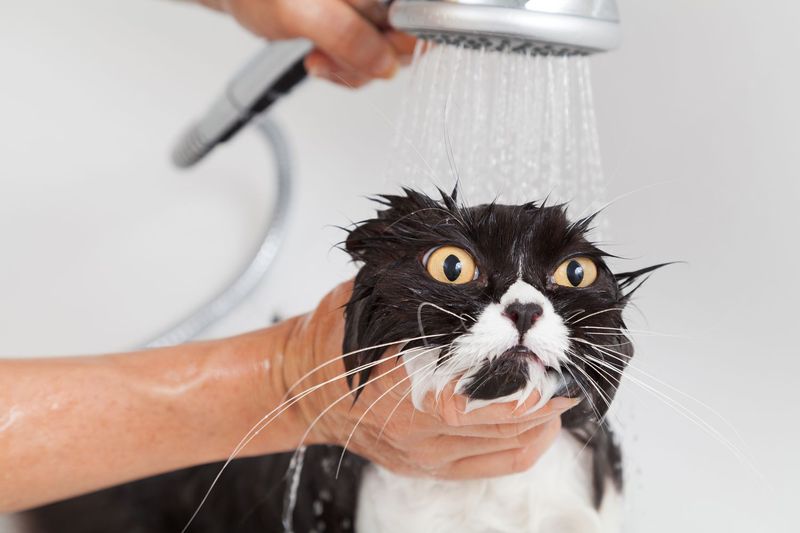
While many cats are not fond of water, attributing this to their dislike may be an oversimplification. Some breeds, like the Turkish Van, actually enjoy swimming.
Cats may dislike water due to their fur becoming waterlogged, or simply because they lack exposure. Early positive experiences with water can influence a cat’s comfort level.
Providing encouragement and gradual exposure might help if you need your cat to be okay with water. Understanding their individual preferences is key to reducing stress and ensuring their comfort around water.
Black Cats Are Bad Luck

Black cats have faced undue superstition for centuries, often associated with bad luck or witchcraft. These myths vary by culture, with some seeing black cats as omens of good fortune.
In reality, a cat’s fur color doesn’t influence its character or your luck. Embracing black cats can dispel these unfounded beliefs.
Adopting a black cat can be a rewarding experience, as they are as loving and playful as any other. Rejecting these superstitions helps reduce shelter discrimination against these beautiful creatures.
Cats Are Aloof and Unfriendly
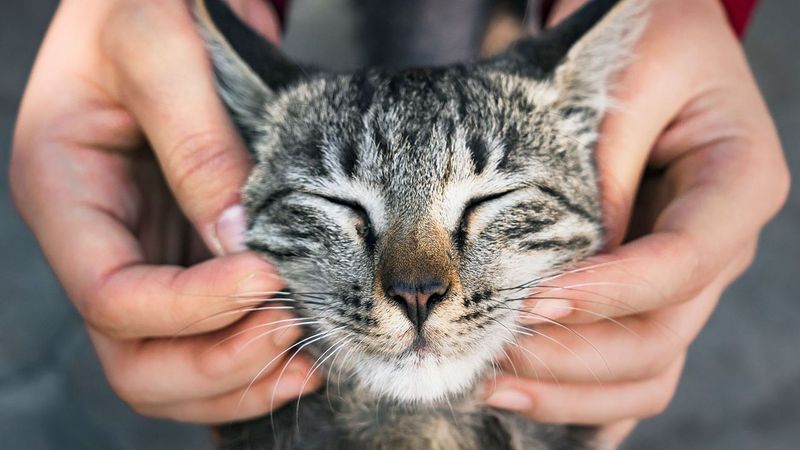
Cats are often labeled as aloof or unfriendly, but this stereotype doesn’t hold true for all felines. Every cat has a unique personality, with some being social butterflies.
Cats show affection in subtle ways such as purring, kneading, or following their owners around. Understanding their body language can reveal their true feelings.
Giving your cat attention and recognizing their cues can foster a strong bond. Building trust and respect nurtures a friendship where both cat and owner feel connected.
Cats Can See in Total Darkness
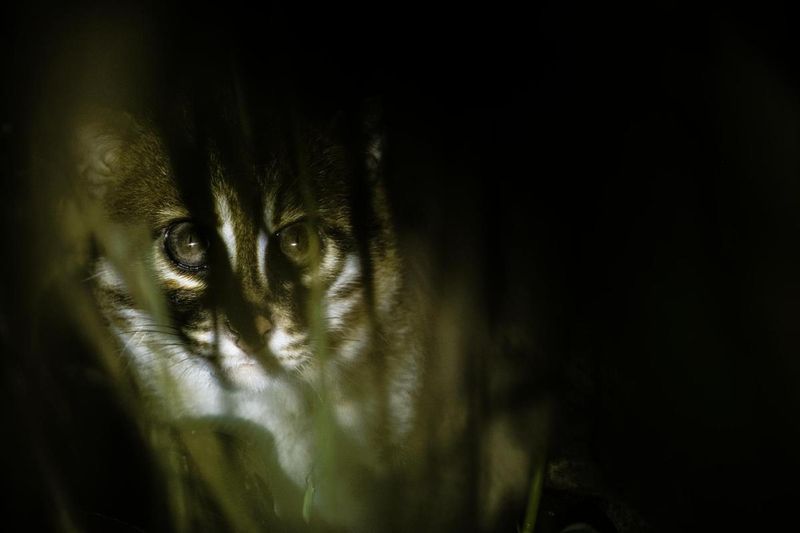
Cats have remarkable night vision, but they cannot see in total darkness. They require some light, no matter how dim, to navigate effectively.
Their eyes are adapted to low-light conditions, allowing them to hunt at dawn or dusk. A layer of cells called the tapetum lucidum reflects light, enhancing their vision in low-light environments.
Understanding their vision can help owners create comfortable living spaces, ensuring night-time safety. Providing gentle lighting can aid their natural behaviors and prevent potential accidents during their nocturnal activities.
Cats Are Low-Maintenance Pets
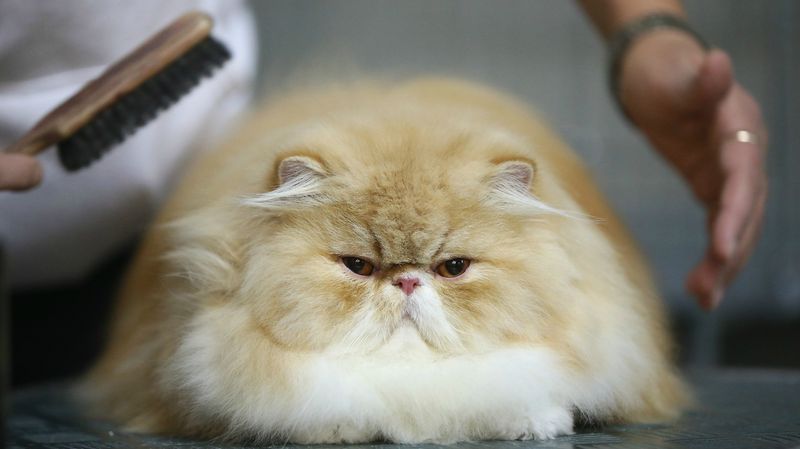
While cats are independent, they still require care and attention. Assuming they are low-maintenance can lead to neglect. Regular grooming, playtime, and health care are essential for their well-being.
Cats need mental stimulation and companionship, even if they appear self-sufficient. They thrive on routine and interaction, which means owners must dedicate time to meet their needs.
Understanding and fulfilling these responsibilities ensures a happy, healthy cat. Providing proper care also strengthens the bond between cat and owner, leading to a fulfilling relationship.
Cats Always Purr When Happy
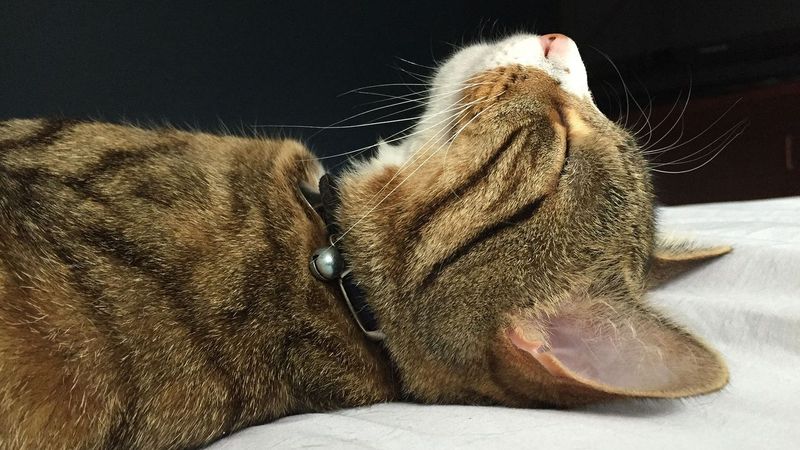
Purring is often associated with a happy cat, but it’s not exclusive to contentment. Cats purr for various reasons, including comfort or self-soothing during stress or pain.
It’s a complex form of communication that requires attention to context and body language. Recognizing signs of distress alongside purring can help address health or emotional issues.
Building an understanding of your cat’s behavior helps in providing appropriate care. Noticing changes in their purring patterns can be crucial in identifying health concerns.
Cats Will Steal Your Breath
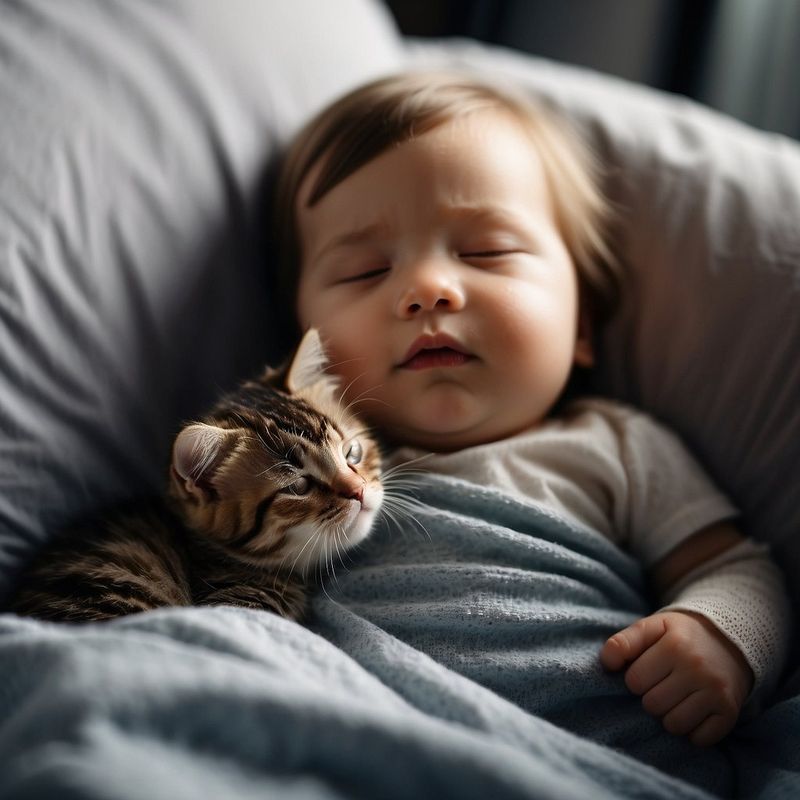
The myth that cats steal babies’ breath is a harmful superstition. Rooted in fear and misunderstanding, it paints a false picture of felines.
Cats are naturally curious, and they might be drawn to the warmth or scent of a baby, but they pose no threat. Proper supervision ensures safety for both cat and child.
Encouraging positive interactions between pets and children fosters a harmonious household. Education and awareness can dispel these myths, promoting a loving environment for all family members.
Cats Are Nocturnal
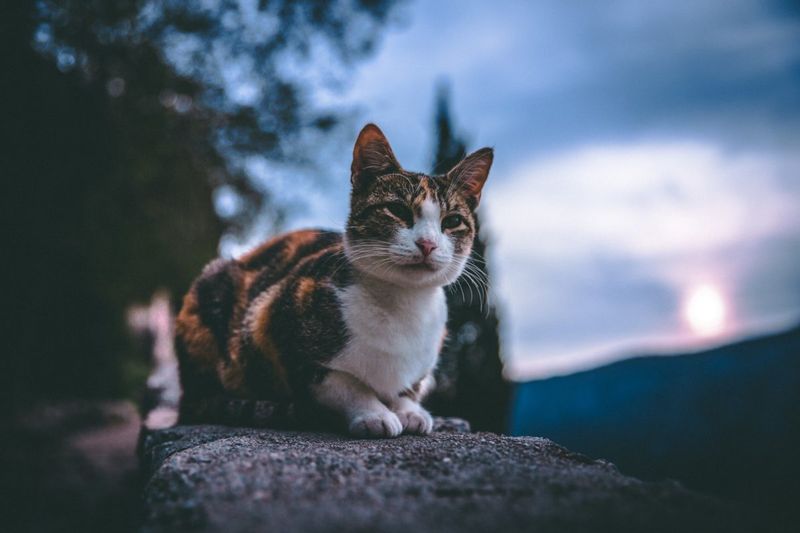
Cats are often thought to be nocturnal, but they are actually crepuscular—active during dawn and dusk. This is linked to their hunting instincts, as many prey animals are also active during these times.
Understanding this natural rhythm can help owners plan playtime and feeding schedules. Cats may adjust their activity levels to fit their owner’s lifestyle, but respecting their crepuscular nature is beneficial.
Providing opportunities for play during these peak hours can help maintain a healthy and happy pet. It’s about balancing their needs with daily routines.
Cats Only Meow at Humans
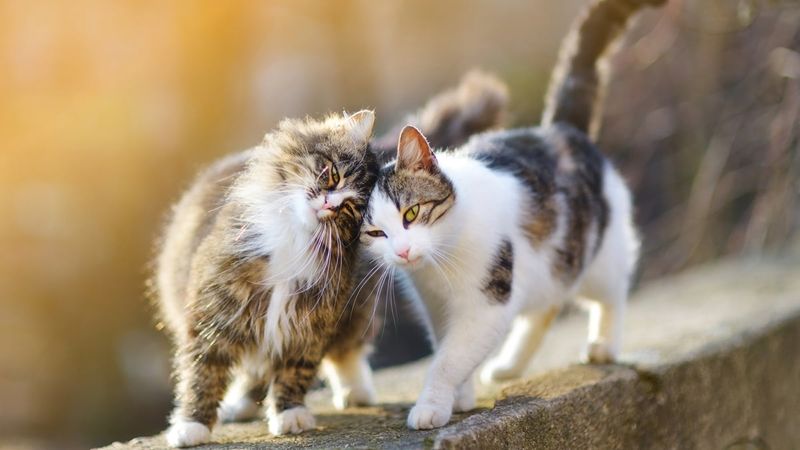
Cats meow primarily to communicate with humans, having learned that vocalizations get attention. This behavior is rarely used with other cats.
Each cat’s meow is unique, often signaling different needs or emotions. Understanding their vocal cues can improve interactions and meet their requirements effectively.
Encouraging communication through response helps strengthen the human-cat bond. By recognizing and respecting these vocalizations, owners can foster a more harmonious relationship with their feline companions.
Cats Are Independent and Don’t Need Attention
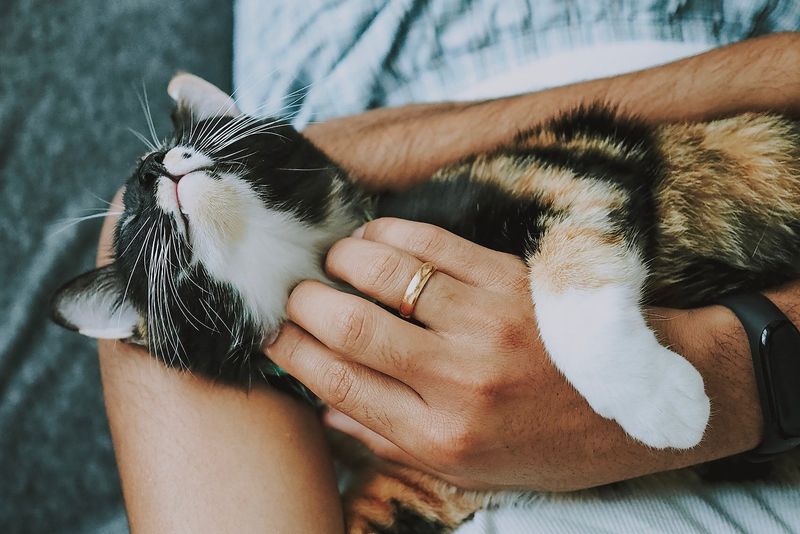
The belief that cats are completely independent and require little attention is misleading. While they may not need constant supervision like some pets, they still crave interaction and affection from their owners.
Cats bond with their humans through play, grooming, and companionship. Ignoring these needs can lead to behavioral issues or anxiety.
Providing regular attention and engaging in interactive play can ensure a well-balanced pet. Understanding their social nature helps create a nurturing environment where cats feel loved and secure.
Cats Can’t Be Trained
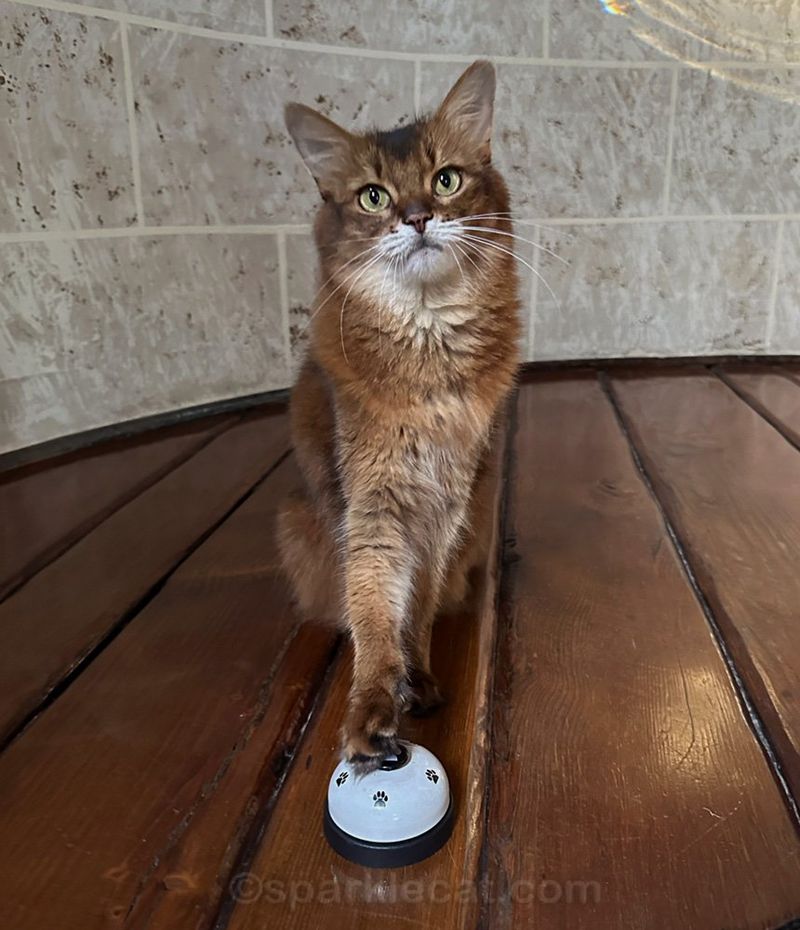
There is a common misconception that cats cannot be trained. While they are more independent than dogs, cats are indeed trainable.
Using positive reinforcement techniques, they can learn commands, tricks, and even use the toilet. Training provides mental stimulation, reducing boredom and unwanted behavior.
Patience and consistency are key when training cats. Celebrating small successes encourages both owner and cat, leading to a rewarding experience. Training enhances communication and strengthens the bond between cats and their owners.
Cats Are Clean Without Help
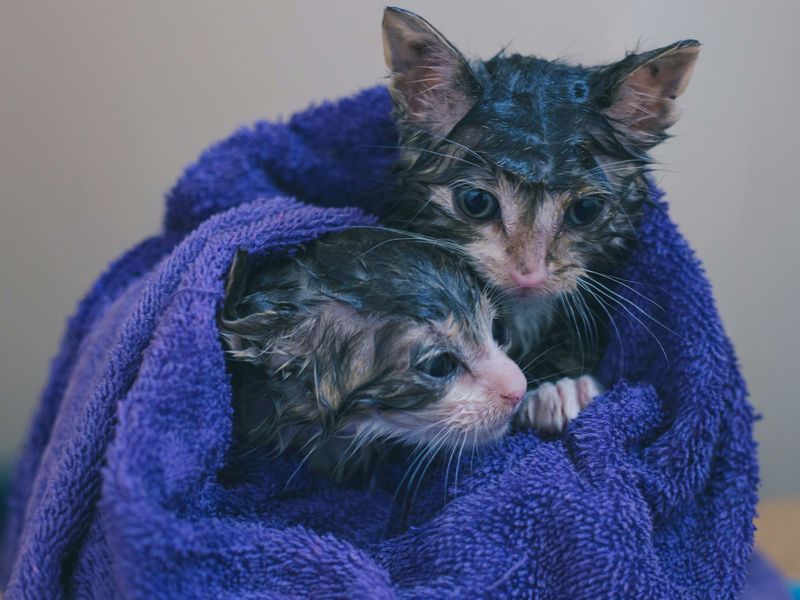
Cats are fastidious groomers, but they still benefit from human help to maintain cleanliness. Long-haired breeds, in particular, can suffer from matted fur without regular brushing.
Brushing not only aids in reducing shedding and hairballs but also provides bonding time. Checking for fleas, ticks, and skin conditions during grooming is essential for health maintenance.
Incorporating grooming into routine care ensures a healthy coat and skin. It’s also an opportunity for owners to check for any abnormalities, ensuring prompt attention to potential health issues.
Cats Are Fine Alone for Days
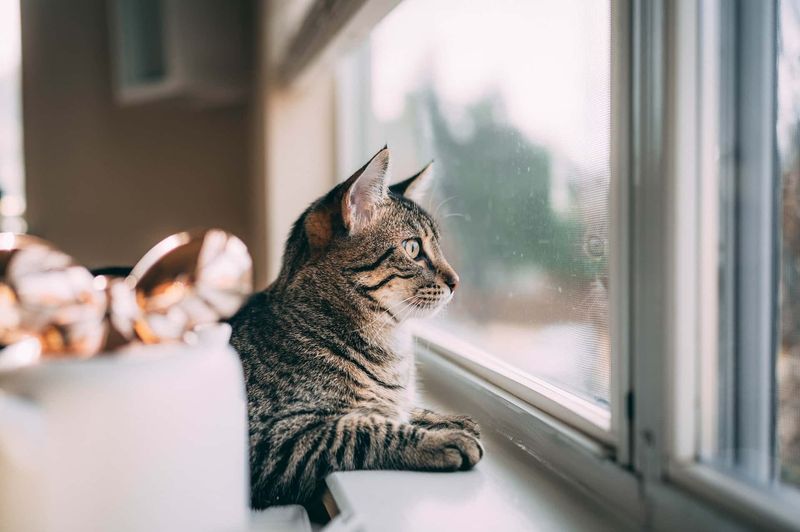
Leaving a cat alone for extended periods isn’t advisable. While they’re independent, they need daily interaction and care. Prolonged solitude can lead to anxiety and behavioral issues.
Arranging for a pet sitter or neighbor to check on them ensures their well-being. Providing interactive toys and environmental enrichment can help alleviate boredom.
Regular human interaction is crucial for their mental health. Planning ahead when away ensures a happy and healthy cat, reinforcing the importance of companionship even for independent felines.
Cats Are Hypoallergenic
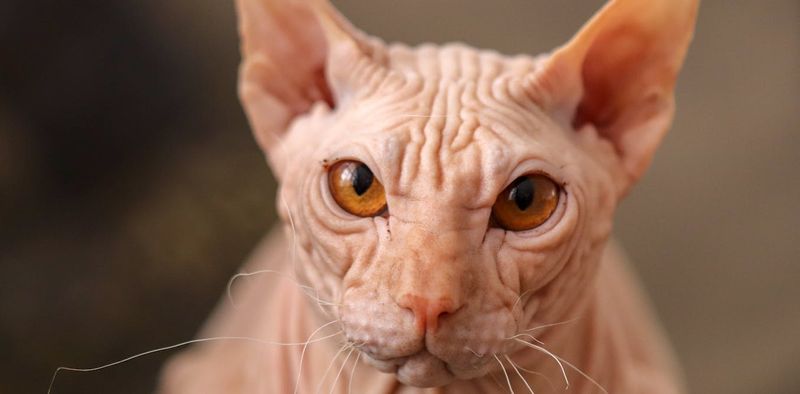
No cat breed is completely hypoallergenic, though some produce fewer allergens than others. Allergies are caused by proteins found in cat saliva, skin, and dander, not their fur.
Regular grooming and cleaning can help manage allergens in the home. Air purifiers and frequent vacuuming are also effective in reducing exposure.
Understanding your specific allergies can guide you in managing symptoms. Consulting with an allergist can provide tailored advice, ensuring a comfortable cohabitation with your feline friend.
Cats Don’t Show Pain
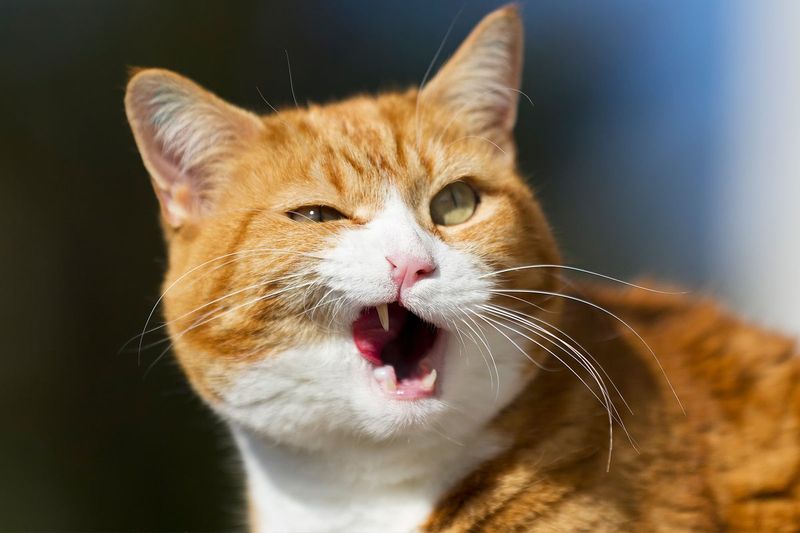
Cats are masters at hiding pain, a trait derived from their wild ancestors to avoid appearing vulnerable. This makes recognizing their discomfort challenging for owners.
Subtle signs like changes in appetite, grooming habits, or activity levels can indicate pain. Regular vet check-ups are essential to catch health issues early.
Being observant of your cat’s behavior helps in detecting discomfort. Addressing potential problems promptly ensures their well-being, providing peace of mind for both cat and owner.
Cats Hate Other Cats
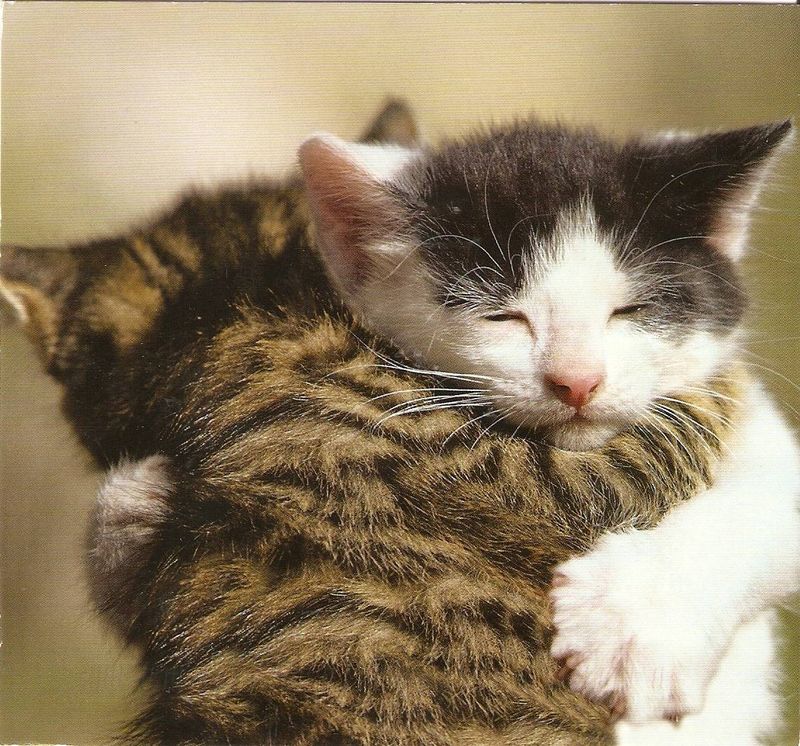
Cats are often thought to dislike other cats, but many enjoy feline companionship. Socialization and gradual introductions are key to harmonious multi-cat households.
Each cat has its own personality, and compatibility depends on individual disposition. Proper introductions and space sharing can foster positive relationships.
Understanding their social dynamics and providing resources like multiple litter boxes and feeding areas can prevent conflicts. Encouraging positive interactions builds a peaceful coexistence, enriching their and your life.
Cats Can’t Get Lost
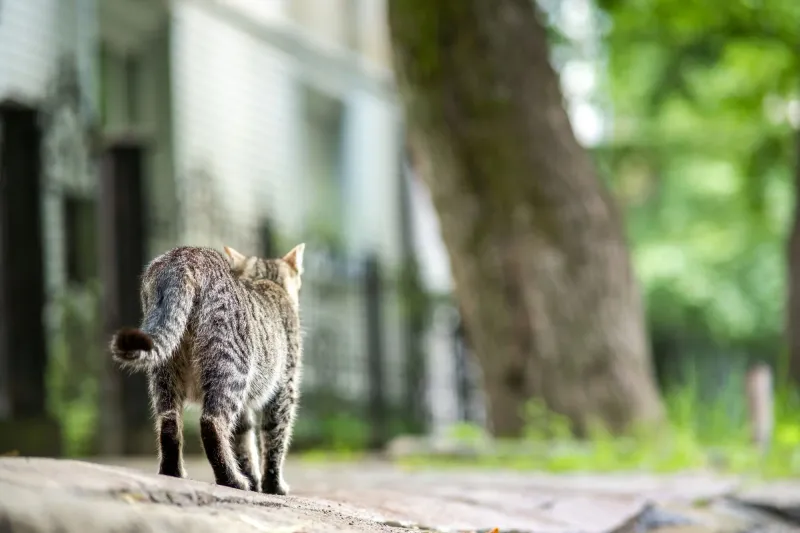
Cats are often assumed to have an innate homing ability, but they can indeed get lost. Changes in environment or territory can disorient them, leading to prolonged absences.
Microchipping and wearing a collar with ID tags are essential for identification if they wander off. Keeping them indoors or providing a secure outdoor space reduces the risk.
Being proactive in ensuring their safety through identification and secure environments protects against the distress of a missing pet, ensuring they remain a cherished part of the family.
Cats Can Teleport
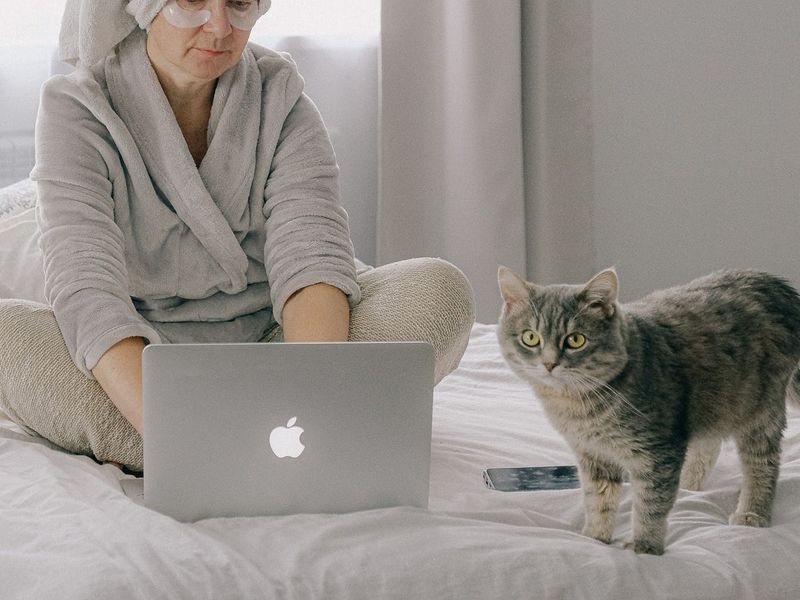
Some folks believe cats possess the uncanny ability to teleport. This myth likely stems from their sudden appearances and disappearances in your home. One moment, they’re perched silently behind you. The next, they’re lounging in the sun across the room.
While it seems mystical, cats are just experts at moving quietly and quickly. Their agile bodies and padded paws enable them to sneak around undetected, giving the illusion of teleportation.
Though tempting to think your feline friend has superpowers, remember they rely on their natural stealth, not magic tricks. So, if you can’t find them, check the warmest spot!

